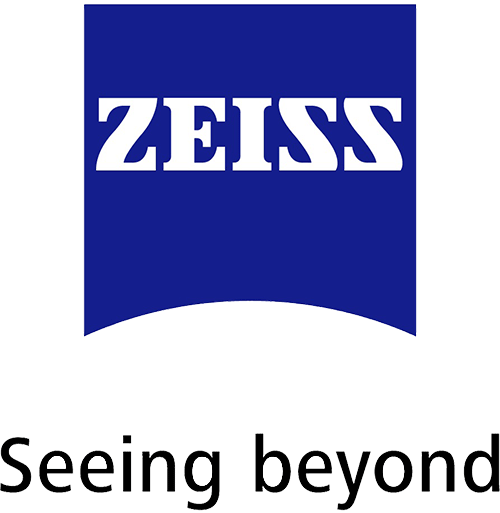Super-resolution microscopy in optical microscopy encompasses techniques that allow acquisition of images with a resolution better than the limit imposed by the diffraction of light – typically between 10 and 150 nm. (Definitions from Wikipedia and other online sources). These techniques are mainly based on, but not restricted to, fluorescence microscopy.
Optical microscopes are the tools of choice when it comes to visualizing the structures and dynamic processes inside cells or within virtually any specimen. They have been essential in life sciences, biology and biomedicine, from the characterization of tissues and microorganisms to drug development, diagnosis and treatment of diseases. The aforementioned limited resolution of these methods – to around 240 nm in the focal plane (xy) and around 600 nm along the optical axis (z) make individual details, such as sub-cellular structures (e.g. membranes, vesicles and organelles), appear blurred out, lacking finer detail. Compare this with, for example, electron microscopy where resolution of few nm is commonplace, however, requiring substantial sample preparation (metal coatings, freeze fracture, etc.) and extreme imaging conditions (high vacuum, bombardment by charged particles, etc.).
Circumventing the resolution limit while keeping the minimally invasive nature of optical microscopy: This is what super-resolution microscopy offers. Observing and characterizing life in its finest structures, down to resolving molecular details. Cellular mechanisms become quantifiable, for example the reorganizing of actin and microtubulin filaments, the firing Super-resolution Microscopy 5 at individual synapses in a live neuron. Super-resolution techniques can uncover mechanistic details in biological processes and will therefore play a major role in life sciences.
As of writing, the scientific community is at a point where various super-resolution techniques have become commercially available. The methods have left the field of specialized research, in which every piece of equipment required high levels of maintenance, and have rapidly reached the mainstream of scientific research. It is thanks to companies like ZEISS and other manufacturers, that the scientific community now can routinely employ super-resolution techniques to answer their questions.
This Essential Knowledge Briefing provides a general overview of the field of super-resolution microscopy. It will explain in a simplified way how the various techniques work and give examples of how scientists successfully employed these techniques in their research.

